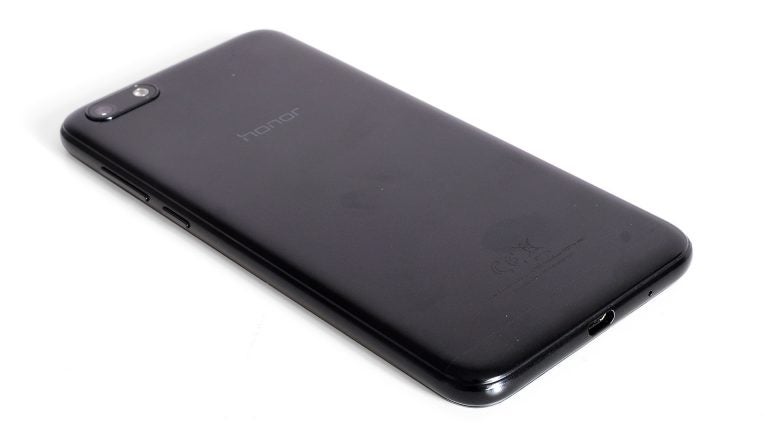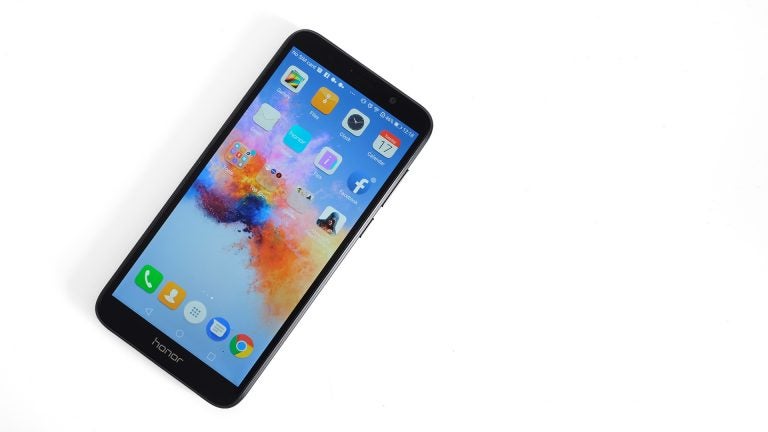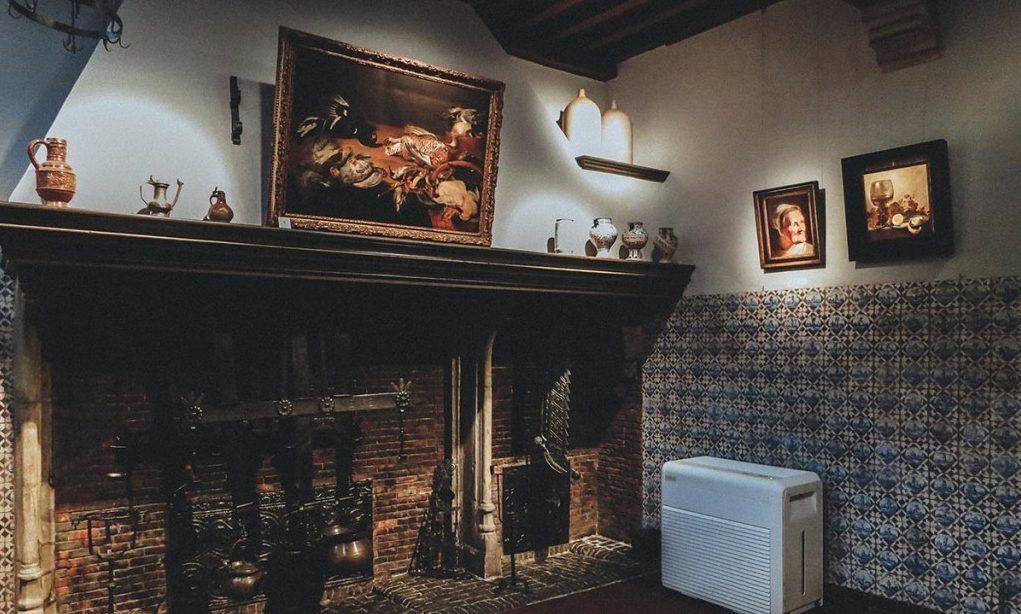The bottom line is that the Honor 7S is a slow phone. If you don’t mind waiting those few extra seconds for apps to open and pages to load is worth the immense saving of buying a £99 phone, then you’ll be alright. For everyone else the sacrifices will be too much. Very slow performance, a grainy screen, barely passable camera and no fingerprint sensor aren’t always deal breakers if you’re looking to save money, but when you can spend a tiny bit more and get a Moto G6 Play or even Honor 9 Lite then you’ll have a much better phone. Let’s review Honor 7S with Toptechslife to find out more detail!
Design
For those hankering after a metal and glass phone for not much money, an Honor device is your best bet. For example, the Honor 9 Lite has a glass rear and costs just £149.
Even Honor knows its limits, though. The Honor 7S is an all-plastic device, aside from the toughened glass on its front. It doesn’t feel particularly expensive, but at this price it doesn’t need to.
The handset is reasonably slim, light and easy to handle, however. It’s 8.3mm thick and weighs 142g, just slightly larger than an iPhone 8.

The device is available in blue, black and gold finishes but, in the UK at least, the black version is by far the most commonly sold. This phone doesn’t have bags of personality, but its use of an extra-tall 18:9 screen arguably gives it a more modern appearance than an iPhone 8.
That screen is its one notable hardware feature. There’s no fingerprint scanner, 16GB storage is just enough to get by, and there’s no water-resistance. The Honor 7S is too cheap a phone to make these additions feasible. However, I can think of several friends who would value saving £50 over having these extras.
Some people want a phone that just works, yet doesn’t appear too dated. If it weren’t for the Honor 7S’s performance issues, I wouldn’t hesitate to recommend this phone to such folk.
Screen
The Honor 7S has a 5.45-inch 18:9 LCD screen. This is roughly equivalent to a 5-inch 16:9 phone. It’s fairly small, but not so small that games and video look out of place on the display.
Resolution is the main corner that’s be cut. Like the Moto G6 Play, this is a 1440 x 720 pixel panel rather than a wide Full HD unit. And just like that phone, this lower resolution is surprisingly easy to get on with, even if you’ve experienced ultra-high-res phones in the past.
Up-close, the Honor 7S doesn’t look perfectly sharp, but at a relaxed arm’s length, it isn’t obviously blocky.

Colour saturation and contrast aren’t quite as hot as you’d see on a more expensive device, either. However, unless the Honor 7S will be a big cash-saving step down from your last phone, you’re unlikely to notice.
Maximum brightness is only good enough to make the Honor 7S bearably visible on a bright day. But you can still happily message away without squinting to see what you’re typing. You may need to give the screen a wipe first, though. This phone has a toughened glass top, but it isn’t Gorilla Glass. It’s more prone to fingerprint smears and grease marks than the Moto G6 Play.
Processor, memory and storage
Like many cheap phones, this is where the weaknesses lie. Low-end processors and RAM mean low prices, but at the cost of usability. With a quad-core Mediatek MT6739 chip and 2GB RAM you have a combination which is the absolute minimum a modern 4G smartphone should have.
It shows too – spend just a little more on the Moto G6 Play and we can assure you of a better performing phone than the 7S. But this phone is targeted at a young audience, one that Honor presumes (hopes?) won’t need to push the hardware.
Facebook, Instagram and text messaging are where this phone is just about comfortable. Push it more than that and it grinds to a halt, and we really weren’t testing it that hard. It was very frustrating to use even compared to other cheap phones, not high-end ones.




